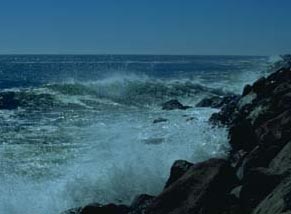This is a photo of the crashing waves of the ocean. Because the ocean holds so much of the Earth's water, it is the greatest source of evaporated water to the atmosphere.
Click on image for full size
Corel Photography
Evaporation
Have you ever left a glass of water out for a long time? Did you notice that the water disappears after a few days? That's because it evaporated!
Evaporation is when water passes from a liquid to a gas.
Water that is held in lakes and rivers evaporates into the atmosphere. Since the ocean is so big, it is the biggest source for water evaporated into the atmosphere. Evaporation helps keep the water cycle going!
You might also be interested in:
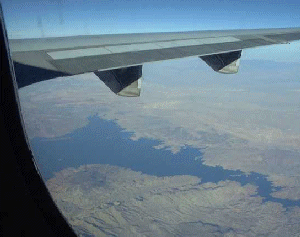
Rivers are very important to Earth because they are major forces that shape the landscape. Also, they provide transportation and water for drinking, washing and farming. Rivers can flow on land or underground
...more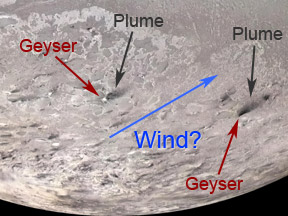
Triton is the largest moon of Neptune. It isn't quite as big as Earth's Moon. The surface of Triton is very, very cold. It is colder than the surface of any other planet or moon in our Solar System. It
...more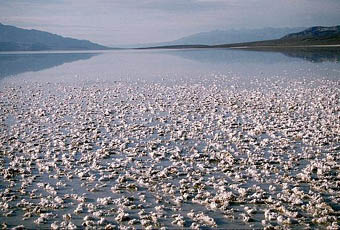
Some sedimentary rocks are made of mineral crystals that come from oceans, lakes, and groundwater. Water can have all the ingredients that are needed to make mineral crystals! How does water hold the
...more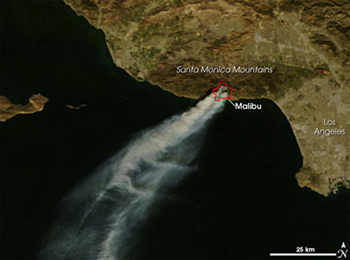
There are several different types of wind. One type is the foehn wind. This type of wind is found on the eastern side of a mountain and is warm and dry. Some mountainous areas that have this type of wind
...more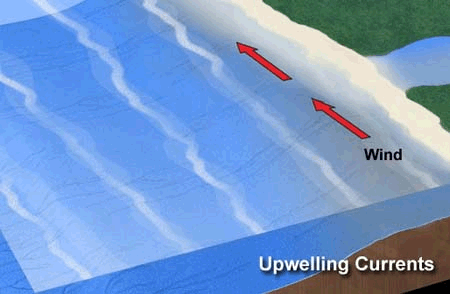
There are many connections between the ocean and the atmosphere in the Southeast Pacific Ocean. Strong winds blow north along the coast of South America. These winds stir up the ocean. That brings cold
...more
Fog is a cloud that touches the ground. Fog usually forms when moist air travels over cold land or water. The moist air cools down and the water vapor condenses and forms a cloud near the Earth's surface.
...more
Drizzle is very light rain; the water drops that make up drizzle are smaller than rain drops. Drizzle can be so light that only a millimeter of water falls to the Earth's surface in one day. It is produced
...more


